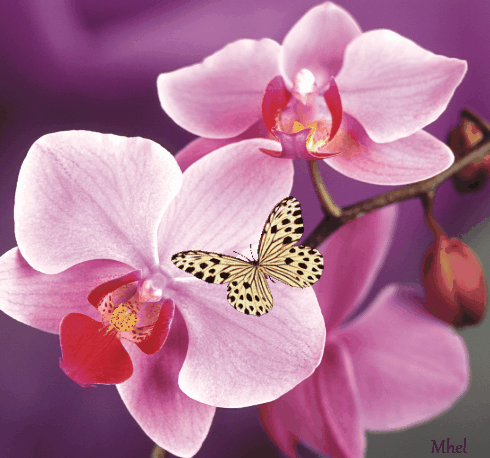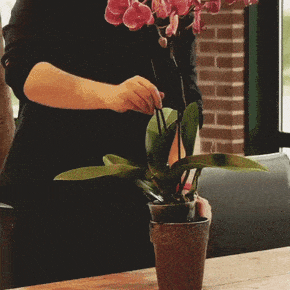
Sensitivity in Nature
Growing orchids as a hobby has a unique luster about it that combines both an exciting challenge and beauty.
Orchids have seen many perspectives on horticulture and amateurs alike, including the notion that growing orchids was too expensive for anyone other than the wealthy. Today, techniques and hybrids have opened up the field to everyone!
A Diverse, Old, and Vast Family: The orchid family is one of the largest plant families on the planet, and certainly the most diverse. Orchids are estimated to have evolved over 100 million years ago, living alongside dinosaurs, so it is not surprising they have taken on many sizes, shapes, colors, and smells, surpassing 28,000 species and more than 120,000 hybrids. From the fragrant vanilla orchid we use in our baking and fragrance products to the astonishingly beautiful Phalaenopsis, orchids are endlessly fascinating!
More than a flower: The hobby of orchid growing is not simply about the flowers – it is about the incredible understanding of needs for these different plants. There are many orchids that grow as epiphytes, meaning they live organic lives in trees or rocks, and their roots are formed to hold onto a surface and intake moisture (and nutrients) from rain, decaying plants, or air. They must live in specialized, fast-drying mixes, as opposed to soil.
Subscribe on your favorite platform
The Goldilocks of Plants
Orchids are often referred to as “The Goldilocks of plants.” Some Phalaenopsis experience extreme heat, near triple-digit temperatures and some live through freezing. Each species has needs that are “just right,” (this also refers to light, water, and humidity) so it is critical you discover what orchids you would like to grow needs. Overwatering is the most common problem. Drowning is the leading cause of death of Orchids..

The Stories Podcast is sponsored by
Explore the episodes
Podcast